Getting a garden ready for winter
hazelinok
7 years ago
Featured Answer
Sort by:Oldest
Comments (13)
hazelinok
7 years agoRelated Discussions
Getting ready for winter check-list
Comments (19)Thanks hosta gardeners. From your suggestions, and my own ideas, I have compiled a to do list. Winter prep for hosta gardens 1. Take pictures of hosta gardens for reference and winter planning. 2. Cut back hosta to about 6-8 inches. Leaving that much to catch leaves and snow to act as a winter mulch. Otherwise, I don�t give winter protection to my hosta. 3. Mark hosta crowns with stakes. My husband, I notice, has a pile of wooden garden stakes he made, probably from scrap. I am going to use them this year as my plant labels aren�t ready, (winter project?) 2. Store container hosta for winter. Some I will sink into my vegetable patch as I did last two winters, and some I will use the hosta forum tip method (I decided to name it such without permission and apologize to any forum members who disagree): store sideways and the north side of my house under the eaves so they will stay frozen and dry all winter. 3. Take notes. From what needs to be moved next spring to where I think I could squeeze in a few more hosta. Also which annuals worked best as hosta companions. Many of my hosta are still immature and I like to fill with annuals and groundcovers. 4. Water thouroughly one last time. It has been dry and windy here and the soil doesn�t freeze until late November or December. We have had it better than some, but have had to water. If it doesn�t rain this week, I will water one last time. After October 15th, no more. 5. Make a large pot of chili, buy some Spanish red wine, make a fire and enjoy the last of the garden,. Happy October Beverly (Sorry, this got rather long winded.)...See MoreGarden Tool Maintenance Workshop - hosted by Master Gardeners
Comments (1)Thanks Violet!...See Morehow to ready garden for winter?
Comments (1)Depends on what your personal esthetics is. Some plant tops look nice in the winter snow, like the Black eyed Susans. Also if you want a lot of resowing, leave them in place till spring. If that is just too messy looking for you, at least scatter a few of the ripened seed heads around. Lightly mulch if you wish; too much will smother the seedlings in spring....See MoreGetting ready for winter again
Comments (15)Mara, I agree about the 'river of denial running deep and wide' ... clever phrase. My river has to do with how much I can handle. However, I got the five plumerias de-leafed and up-rooted and the seven bougainvilleas tied up and moved to the green house, also the three ferns. Bob helped by carrying the heavy ones. Also trimmed some leaves from the hanging baskets making them a bit lighter for Bob to handle when he gets a 'round-to-it'. Edit: Bob took down the huge and heavy hanging baskets and hung them in the greenhouse. Sure glad that at least he goes to the gym to stay in shape to do stuff like that ... LOL Now just a couple of small things I can handle and we've got that chore done for the year. I'm sharing your happy thoughts Pam ... :-)...See Morehazelinok
7 years agoRebecca (7a)
7 years agohazelinok
7 years agohazelinok
7 years agohazelinok
7 years ago
Related Stories
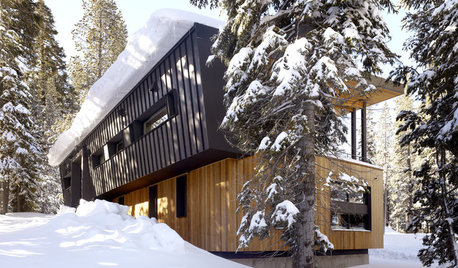
HOUSEKEEPINGGet Ready for Winter the Chilled-Out Way
Doing just a simple task a day for a dozen days will have you and your home saying, "Bring it on" to winter
Full Story
FEEL-GOOD HOME12 Fresh Updates to Get Ready for Spring
As spring approaches, embrace the brighter days with these uplifting changes and additions to your home
Full Story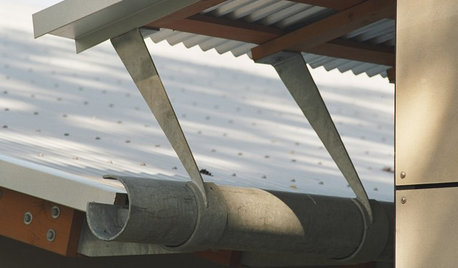
DECORATING GUIDES5 Ways to Get Your Home Ready for the New Year
Give your home a practical checkup for a fresh start to 2012
Full Story
WINTER GARDENINGGet It Done: Winterize Your Patio
Let Sandy be a reminder for the rest of you: Time to clean, stow and protect outdoor furniture and accessories
Full Story
SHOP HOUZZShop Houzz: Get Ready to Garden
Cultivate your own outdoor oasis to enjoy through the summer
Full Story0
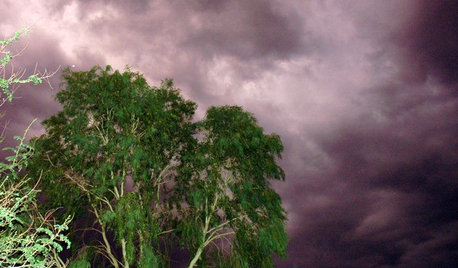
GARDENING GUIDESHow to Get Your Landscape Ready for Summer Storms
Don’t let high winds, dust storms and torrential rainfall catch you or your landscape by surprise
Full Story
HOUSEPLANTSGet Spring-Like Hyacinth Blooms All Winter Long
Try one of these forcing methods for cheery, colorful flowers to brighten wintry days
Full Story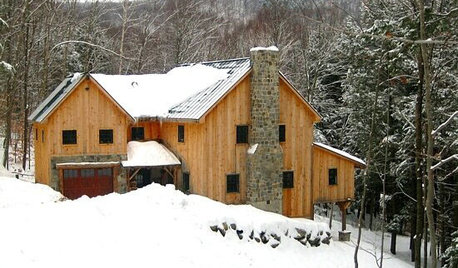
PRODUCT PICKSGet Prepared for Winter's Wonderful Ways
Are you ready for winter? It's ready for you. Here's how to weather the season with a smile
Full Story
ENTERTAINING10 Ways to Get Your Guest Room Ready for the Holidays
Visitors will appreciate your thoughtfulness, whether you show it with fresh flowers or new wallpaper
Full Story
ENTERTAINING10 Ways to Get Your Kitchen Ready for the Holidays
No need to get nervous about your big holiday party — with a little prep, the get-together will be a breeze
Full StorySponsored
Columbus Area's Luxury Design Build Firm | 17x Best of Houzz Winner!



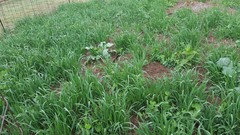
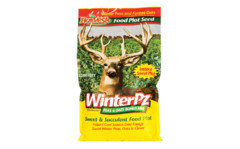

AmyinOwasso/zone 6b